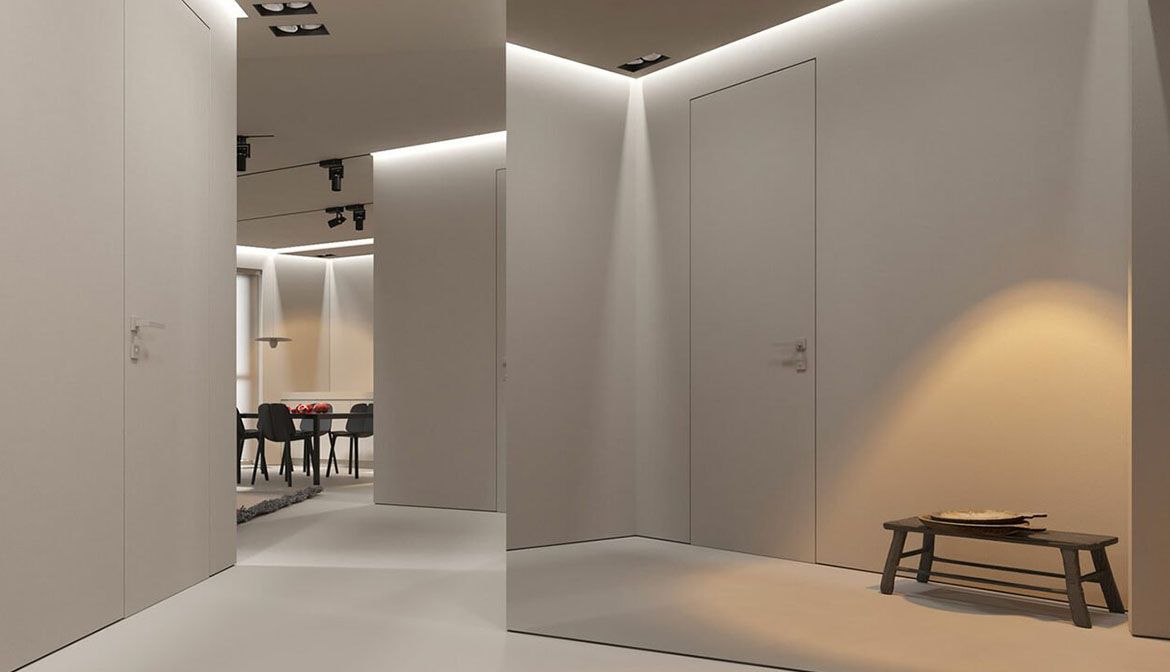Why do you need a plinth for concealed installation
Entry
A hidden skirting board, also known as a flat or surface-mounted plinth, is a stylish and modern decorative element used to decorate floors and walls. It differs from the traditional plinth in design and assembly method. Its main feature is mounting on the surface of the wall or floor, hiding quick cuts or cables that fit into sockets and switches, as well as worn edges of laminate or tiles.
Construction of this type of plinth
The plinth for concealed installation consists of two parts - the base, which is mounted to the wall or floor, and the batten, which covers the connection between the base and the wall. The base usually has grooves or holes for convenient cable routing or quick cuts.
Materials from which the plinths are made
Skirting boards are made of different materials, such as wood, MDF (fiberboard), PVC or aluminum. They are available in different lengths and colors, which allows you to find the best option for any interior style.
Advantages of this type of plinth
Such a plinth attracts attention not only with its aesthetics, but also with practicality in use. Here are some advantages that make it popular with designers and homeowners:
- Concealing cables and quick cuts. One of the biggest advantages is the ability to hide electrical sockets, safety sensors and quick switches under the surface of the plinth. This not only improves the aesthetic appearance of the room, but also makes it safer, especially for small children who do not have access to electricity.
- Ease of installation. Installation of the plinth does not require special skills or tools. It is attached to the wall or floor with dowels and screws, then the patch covers the mount, giving the impression of a finished and carefully thought-out design.
- Variety of design. Thanks to the wide selection of materials and colors, the hidden plinth can be easily adapted to any interior - from classic to modern. It can appear as a wall or floor element, completing the design and completing it.
Where is such a plinth used?
The plinth can be used in different rooms and contexts, adding cosiness and style. Here are some places where it can be successfully used:
- Living room. Such a plinth will create a beautiful appearance and help hide cables from the TV, audio system and other devices.
- Bedroom. The use of a hidden plinth in the bedroom will add elegance to the room and ensure a peaceful sleep without unnecessary details.
- Kitchen. The flat plinth will allow you to hide the cables suitable for kitchen appliances and make the use of this place comfortable and safe.
Application
Overall, the hidden plinth is a great decorative element that adds aesthetics, comfort and security to your premises. This element of decor is becoming more and more popular due to its practical advantages and the ability to create harmony in any interior.









